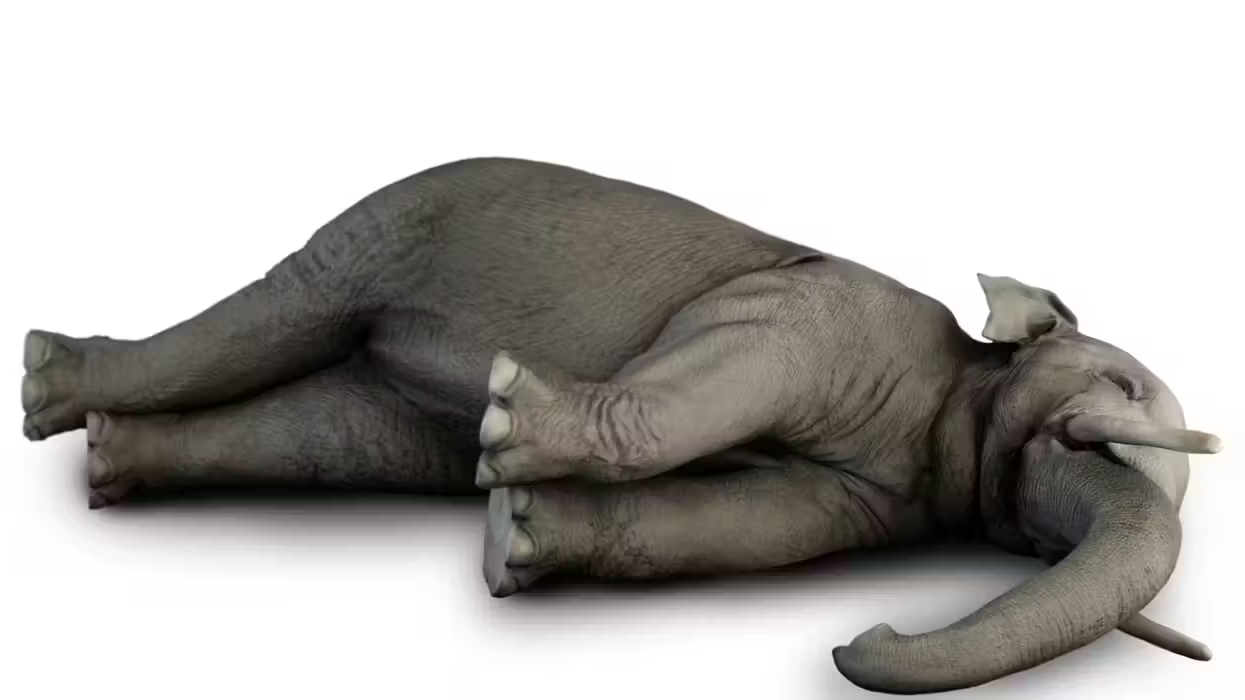The trend of declining deficits is reversing, intruding on a critical talking point for President Barack Obama on fiscal responsibility even as the national debt has nearly doubled under his watch.
The White House’s top economic adviser on Monday predicted more deficit increases, particularly after Obama leaves office. That’s when the deficit will rise as a percentage of the economy, said Jason Furman, chairman of the White House Council of Economic Advisers.
The budget deficit increased by 6 percent for the first half of fiscal year 2015 that began in October, up to $439.47 billion from $413.26 billion in the first half of fiscal year 2014. This marks a reversal from deficits that declined from more than $700 billion in 2012 to $600 billion in 2013, after having spiked to $1.3 trillion before Obama came into office after the 2008 recession. Still, the deficit has been significantly higher under Obama than during most of the George W. Bush presidency.
 Neil Eggleston, White House counsel, Jason Furman, chairman of the Council of Economic Advisers, Jeff Zients, director of the National Economic Council, and President Barack Obama sit prior to a meeting Oct. 6, 2014 in Washington, D.C. (Brendan Smialowski/AFP/Getty Images)
Neil Eggleston, White House counsel, Jason Furman, chairman of the Council of Economic Advisers, Jeff Zients, director of the National Economic Council, and President Barack Obama sit prior to a meeting Oct. 6, 2014 in Washington, D.C. (Brendan Smialowski/AFP/Getty Images)
In a separate report from the Treasury, the Congressional Budget Office reported last week that the higher budget deficit in the first half of 2015 was due in part to Obamcare.
The deficit dropped from 9.8 percent of the gross domestic product to 2.8 percent during Obama’s presidency, Furman said.
“Going forward, our projections and the CBO’s are that the deficit will stay about the same as a share of GDP for the next couple of years and then it will start to rise again after that,” Furman told reporters Monday. “So we broadly have been expecting the fiscal sands to shift to a more neutral one where you are keeping that deficit below the average of the shared GDP, but it’s roughly leveling off.”
A conference call with reporters Monday was primarily to distinguish the president’s plan for tax credits, which Furman said would help 44 million households compared to the Republican proposal to eliminate the estate tax, which he said would help just 5,400 upper income households.
But during the course of questions from reporters, the deficit came up.
“The president has proposals over the medium and long run that would make sure we are continuing to keep the deficit below 3 percent of GDP and continuing to keep the debt on a downward path as a share of GDP,” Furman said. “But it’s really three or four years from now when it’s projected to really rise as a share as a percentage of GDP that those proposals the president has would kick in.”
The federal deficit measures how much more the government spends compared with how much it is taking in revenue. The U.S. national debt – which measures how much the government borrows – stands at $18.1 trillion. That's up from $10.6 trillion when Obama took office.

 Neil Eggleston, White House counsel, Jason Furman, chairman of the Council of Economic Advisers, Jeff Zients, director of the National Economic Council, and President Barack Obama sit prior to a meeting Oct. 6, 2014 in Washington, D.C. (Brendan Smialowski/AFP/Getty Images)
Neil Eggleston, White House counsel, Jason Furman, chairman of the Council of Economic Advisers, Jeff Zients, director of the National Economic Council, and President Barack Obama sit prior to a meeting Oct. 6, 2014 in Washington, D.C. (Brendan Smialowski/AFP/Getty Images)






